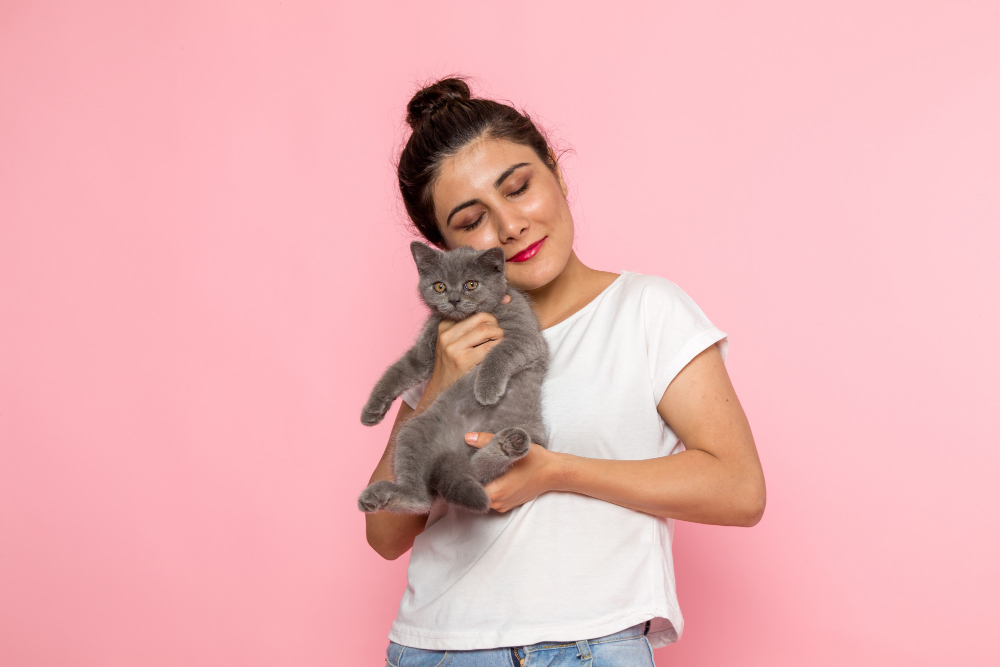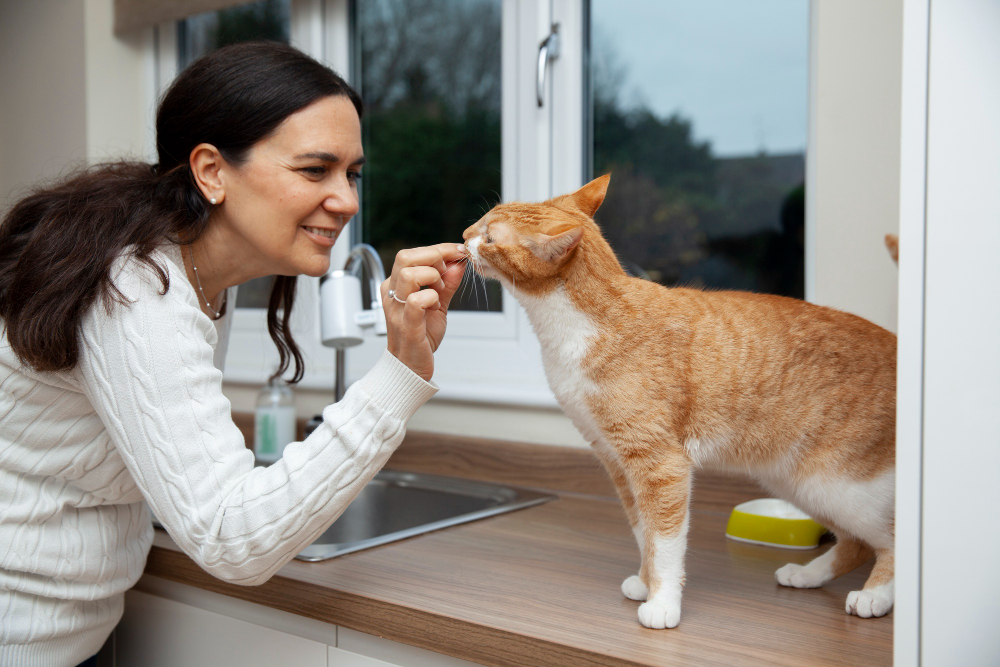
Why Pet Insurance is a Must-Have for Every Pet Parent | Paw Quote
Being a pet parent is a joyful, life-enriching experience but it also comes with responsibilities, including your furry friend’s health and well-being. Just like humans, pets can experience sudden illnesses, accidents, and chronic conditions that may require medical attention.



Pet Insurance in 2025: Is It Worth the Investment for Your Furry Friend?

The Real Cost of Pet Ownership (And How Insurance Fits In)
Pets bring joy, companionship, and unconditional love—but also financial responsibility. On average, annual costs for dog owners range from $1,000–$2,000, and for cats, about $800–$1,500. These include food, grooming, routine vet visits, toys, and emergencies.
But the real surprise? Unexpected vet bills. One surgery or chronic illness can wipe out a savings account. That’s where pet insurance offers value—by reducing the financial blow of unexpected care.
Think of insurance as a buffer against those surprise costs. It won't cover everything, but it can turn a $3,000 bill into a manageable $600 expense, depending on your plan. When budgeting for pet ownership, factor in insurance as a monthly cost that protects you—and your pet—from the unpredictable.
Senior Pet Insurance: What to Look for as Your Pet Ages
As pets age, their health needs become more complex. Arthritis, diabetes, heart conditions, and cancer are more common—and more expensive to treat. That’s why having insurance in place before your pet becomes a senior is so important.
Here’s what to look for in senior pet coverage:
-
No Upper Age Limit: Some insurers won’t accept new enrollments after a certain age. Find one that does.
-
Chronic Illness Support: Look for plans that don’t drop coverage after a diagnosis.
-
Prescription Medications: Seniors often need long-term meds—ensure they’re covered.
-
Wellness Add-Ons: Preventive care like bloodwork and screenings is crucial and sometimes offered in senior-specific wellness plans. Enrolling while your pet is still young is the best strategy, but even older pets can benefit from coverage tailored to their stage of life

